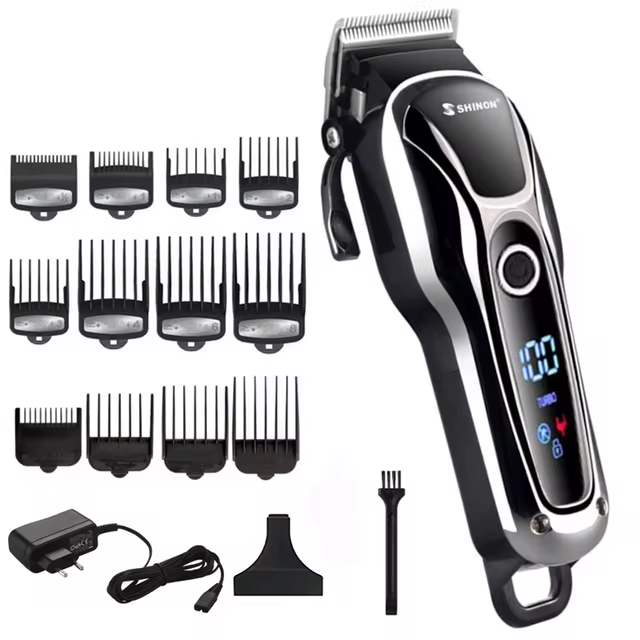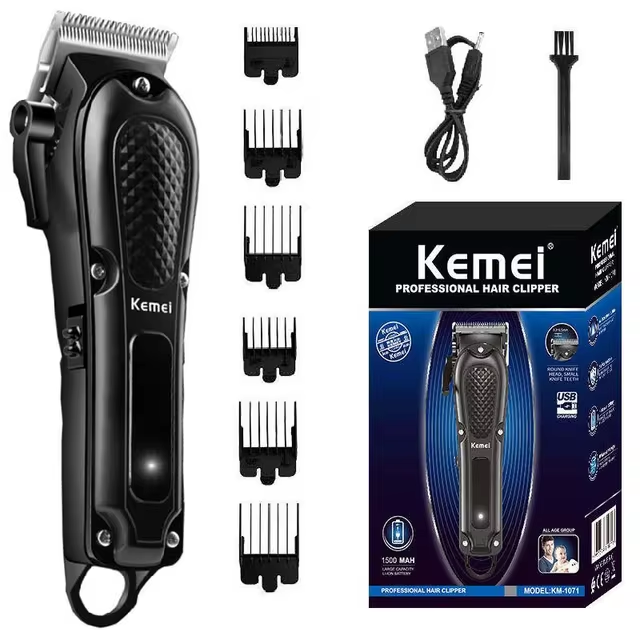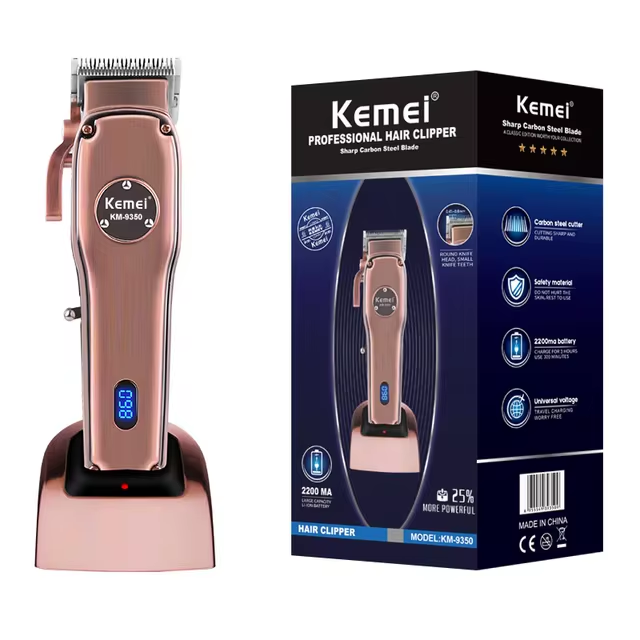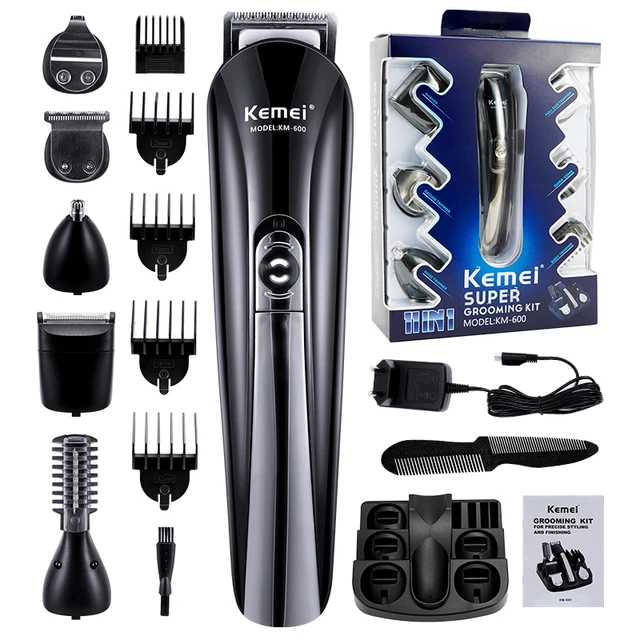In a world where first impressions are often shaped by appearance, the role of a hair cutter becomes crucial. The functionality and creativity involved in hair cutting transform the simple act of trimming hair into a sophisticated art form. With various techniques, tools, and styles, a skilled hair cutter can not only enhance a person’s features but also reflect their personality. This article delves deep into the nuances of hair cutting, exploring techniques, tools, trends, and the evolution of this essential profession.
Understanding Hair Types
The Variation in Hair Textures
Hair cutting is not a one-size-fits-all approach. Different hair types, including straight, wavy, curly, and coily, require different cutting techniques. Each texture affects the way hair falls and holds styles, necessitating a customized approach for each client.
Straight hair can often appear sleek and straight-lined when cut with precision. Wavy hair, on the other hand, might need soft, layered cuts to enhance the natural wave patterns. Curly hair poses its unique challenges; a skilled hair cutter must consider shrinkage and volume. A person with coily hair often benefits from techniques that prioritize shape and curl definition rather than just length.
The Importance of Hair Density
In addition to texture, hair density plays a massive role in cutting. Hair density refers to the amount of hair follicles on the scalp. A hair cutter must assess whether a client has fine, medium, or thick hair to execute the haircut effectively. Fine hair may require textured layers to avoid looking flat, while thick hair might benefit from thinning techniques to reduce bulk and add movement.
Essential Techniques in Hair Cutting
Point Cutting
Point cutting is a technique that gives hair a softer, more textured look. In this method, the hair cutter holds the scissors vertically while cutting into the ends of the hair. This technique can be particularly effective for achieving a layered, natural look, especially in straight or wavy hair. Point cutting softens blunt edges and adds dimension, making it a staple in many hair cutting styles.
Blunt Cutting
Blunt cutting is characterized by a straight-across cut, which results in a uniform length. This technique is often used for bobs or when a sharp, clean finish is desired. A hair cutter must approach blunt cuts with precision, ensuring that each section of hair is evenly trimmed.
Layering
Layering is another popular technique in the world of hair cutting. It involves cutting the hair at different lengths to create depth and volume. A skilled hair cutter will analyze the client’s face shape and hair type to determine the most flattering layering arrangement. Layering can be especially beneficial for those with thick hair, as it reduces bulk, while in fine hair, it can create the illusion of fullness.
Tools of the Trade
Scissors and Shears
Quality scissors and shears are essential for any hair cutter. Professional-grade tools are designed to cut through hair smoothly without causing damage. Regular maintenance, such as sharpening and cleaning, ensures that the tools remain effective and prolong their lifespan. There is a varied selection of scissors available for different cutting techniques, and many hair cutters will invest in several pairs tailored for specific tasks.
Razors
Razors are another valuable tool in hair cutting. They are often used for texturizing, allowing for soft, flowing lines rather than harsh cuts. Many stylists employ razors to create modern styles that emphasize movement and softness, making them an essential addition to the hair cutter’s toolkit.
Combs and Brushes
Combs and brushes play a critical role in the precision of hair cutting. Wide-toothed combs are particularly effective for detangling hair without causing breakage, while fine-toothed combs help section the hair for more intricate cuts. Brushes also assist in manipulating hair into the desired shape, helping the hair cutter visualize the final look.
Trends in Hair Cutting
The Return of the Bob
Among the latest hair cutting trends is the resurgence of the bob haircut. This classic style has adapted over the years, evolving into a variety of iterations, including asymmetrical bobs, textured bobs, and lobs (long bobs). The versatility of the bob allows for personalization, making it appealing to a wide range of individuals.
Curtain Bangs
Another trend capturing the hearts of many is curtain bangs. They serve to frame the face softly while allowing for a manageable hairstyle that requires minimal upkeep. A hair cutter can customize curtain bangs according to the client’s face shape and hair texture, offering a flattering option for various styles.
Shag Cuts
Shag cuts have made a dramatic comeback, characterized by their layers and often messy vibe. Ideal for medium to thick hair, shag cuts offer a playful appearance and can be styled in various ways, making them an attractive option for those who appreciate a carefree look.
The Role of a Hair Cutter in Personal Grooming
Building Client Relationships
A significant part of a hair cutter’s job involves building relationships with clients. Understanding a client’s preferences, lifestyle, and vision is essential for delivering a satisfactory haircut. Regular consultations before and after the cutting process provide opportunities for feedback, allowing the hair cutter to make necessary adjustments.
Staying Updated with Trends
The world of hair cutting is continually evolving, with trends shifting as quickly as fashion. A talented hair cutter invests time in ongoing education, attending workshops and industry events to keep up-to-date on the latest techniques, styles, and products. Being knowledgeable about what’s currently in demand enhances their ability to meet client expectations.
Challenges Faced by Hair Cutters
Managing Client Expectations
One of the primary challenges faced by hair cutters is managing client expectations. They must navigate their client’s desires with realistic outcomes based on hair type, texture, and face shape. Effective communication is crucial; ensuring that clients understand what can be achieved goes a long way in preventing dissatisfaction.
Physical Demands of the Job
The job of a hair cutter is physically demanding. It requires long hours of standing, often leading to strain in the back, hands, and feet. Many hair cutters employ ergonomic techniques to minimize discomfort, including proper posture and regular breaks. Additionally, investing in quality footwear can help alleviate some physical strain associated with the profession.
The Future of Hair Cutting
Technological Innovations
As with many professions, technology is making its mark in the world of hair cutting. New tools and software are emerging to aid hair cutters in their practices. From virtual consultations to mobile apps that allow clients to visualize different styles, technology is changing how hair cutters interact with their clients and approach their work.
Eco-Friendly Practices
Sustainability has become an essential component in various industries, including beauty and grooming. A growing number of hair cutters are adopting eco-friendly practices, such as using organic hair care products and implementing waste-reduction strategies in their salons. Clients often appreciate these efforts, making it a popular trend for those looking to reduce their environmental impact.
Factors Influencing Hair Cutter Prices
Quality of Blades
The blades are the heart of any hair cutter. High-quality stainless steel or ceramic blades offer sharpness and durability, just as a premium fountain pen boasts a long-lasting nib. Blades that feature self-sharpening technology tend to be priced higher but are worth the investment for their longevity.
Motor Strength
The motor determines how efficiently the hair cutter can handle different hair types. A more robust motor, especially in cordless models, corresponds to higher prices due to its increased capabilities.
Brand Value
Just as with fountain pen brands that garner respect and prestige, hair cutter brands like Wahl, Philips, and Braun influence pricing. Established brands often charge premium prices, but they also offer reliable performance and customer support.
Additional Features
Some hair cutters come loaded with features such as multiple speed settings, quick charging, waterproof design, and various accessories. These extras can significantly impact the cost.
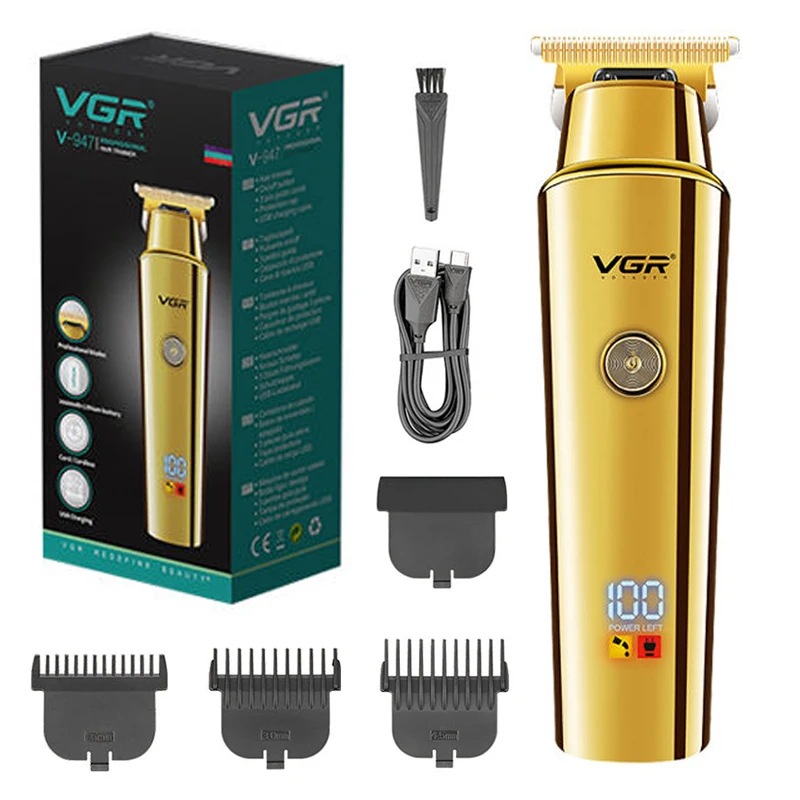 Price Ranges and What to Expect
Price Ranges and What to Expect
Entry-Level Hair Cutters
Priced between $20 to $50, these models offer basic functionality. They are ideal for occasional use and simple haircuts. While they may lack advanced features, they provide satisfactory performance for most users.
Mid-Range Options
Costing between $50 to $100, these hair cutters strike a balance between quality and affordability. They generally include better build quality, more accessories, and additional features like adjustable speeds, similar to how a moderately priced fountain pen offers ease of use and reliability.
Premium Hair Cutters
From $100 upwards, premium models are equipped for professional use. They feature powerful motors, high-end materials, and advanced technologies, ensuring a superior experience. If you’re looking for the “Montblanc” of hair cutters, these are the models to consider.
Conclusion
In conclusion, the role of a hair cutter extends far beyond merely trimming hair; it embodies artistry, skill, and personalization. With an understanding of various hair types, cutting techniques, and industry trends, a proficient hair cutter leaves a lasting impact on their clients’ lives. The profession constantly evolves, adapting to new technologies and trends, ensuring that each haircut is not just a service, but a reflection of individual style and identity. Whether you seek a simple trim or a dramatic change, the expertise of a skilled hair cutter will serve as a guiding hand on your hair journey.
